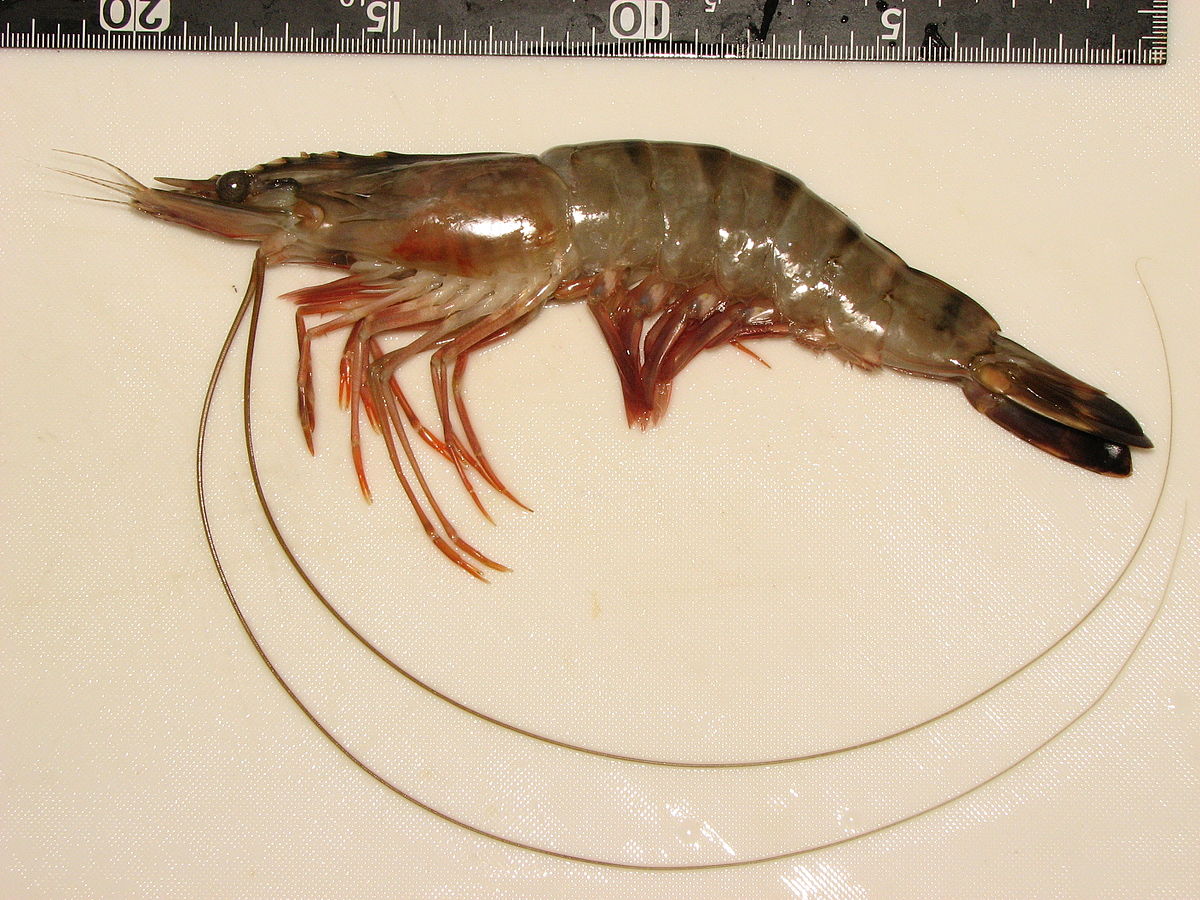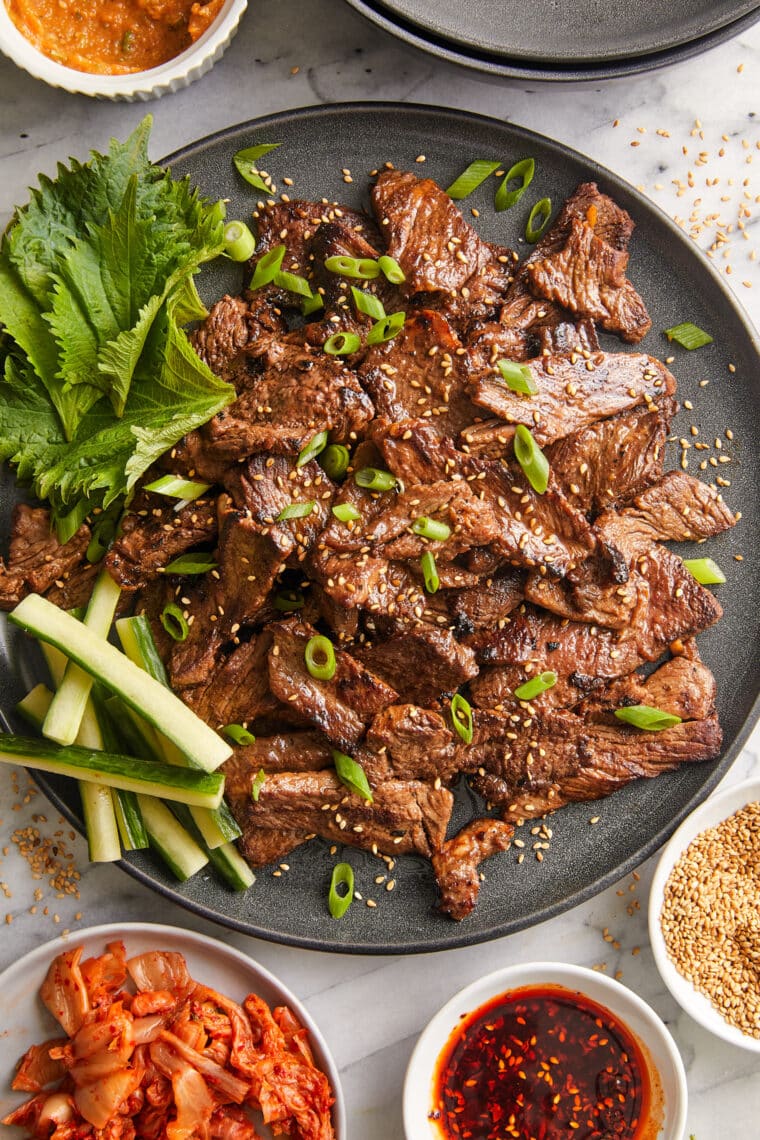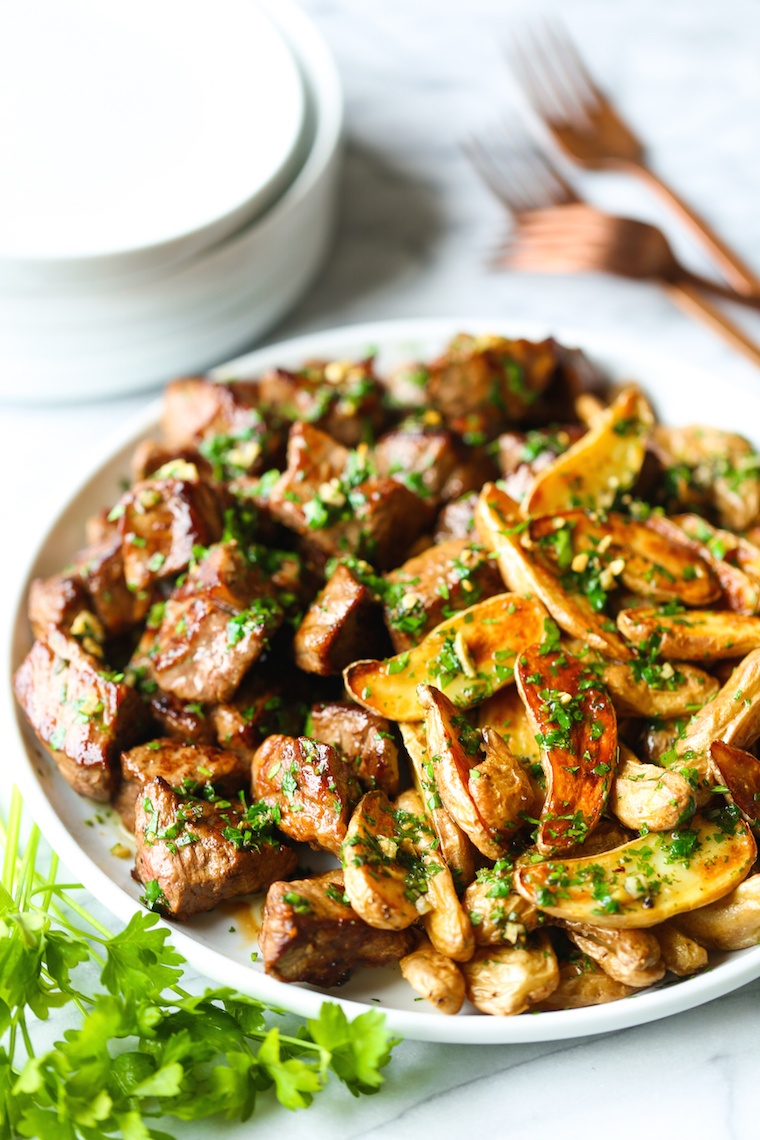Stryder50
Platinum Member
- Thread starter
- #41
Excuse me Mr. Snarky, I did.If that's all that really matters, and you missed the part of how the terms are often used interchangeably ... than large deal.But a slice/wedge of lemon, or lime, can give an appealing twist of flavor to some beers.I just want to know why beer and lemonade are mixed together. This is not ok. Ever.
That's almost as bad as "centre".
Perhaps not the final word on the matter, but a starting point ...
....
Prawn is a common name for small aquatic crustaceans with an exoskeleton and ten legs (which is a member of the order decapoda), some of which can be eaten.[1]
The term prawn[2] is used particularly in the United Kingdom, Ireland, and Commonwealth nations, for large swimming crustaceans or shrimp, especially those with commercial significance in the fishing industry. Shrimp that are present in this category often belong to the suborder Dendrobranchiata. In North America, the term is used less frequently, typically for freshwater shrimp. The terms shrimp and prawn themselves lack scientific standing. Over the years, the way shrimp and prawn are used has changed, and these days the terms are almost interchangeable.
....
The terms shrimp and prawn are common names, not scientific names. They are vernacular or colloquial terms which lack the formal definition of scientific terms. They are not taxa, but are terms of convenience with little circumscriptional significance. There is no reason to avoid using the terms shrimp or prawn when convenient, but it is important not to confuse them with the names or relationships of actual taxa.[2]
According to the crustacean taxonomist Tin-Yam Chan, "The terms shrimp and prawn have no definite reference to any known taxonomic groups. Although the term shrimp is sometimes applied to smaller species, while prawn is more often used for larger forms, there is no clear distinction between both terms and their usage is often confused or even reverse in different countries or regions."[3] Writing in 1980, L. B. Holthuis noted that the terms prawn and shrimp were used inconsistently "even within a single region", generalising that larger species fished commercially were generally called shrimp in the United States, and prawns in other English-speaking countries, although not without exceptions.[4]
A lot of confusion surrounds the scope of the term shrimp. Part of the confusion originates with the association of smallness. That creates problems with shrimp-like species that are not small. The expression "jumbo shrimp" can be viewed as an oxymoron, a problem that doesn't exist with the commercial designation "jumbo prawns".[5]
...
Taxonomic studies in Europe on shrimp and prawns were shaped by the common shrimp and the common prawn, both found in huge numbers along the European coastlines. The common shrimp, Crangon crangon, was categorised in 1758 by Carl Linnaeus, and the common prawn, Palaemon serratus, was categorised in 1777 by Thomas Pennant. The common shrimp is a small burrowing species aligned with the notion of a shrimp as being something small, whereas the common prawn is much larger. The terms true shrimp or true prawn are sometimes used to mean what a particular person thinks is a shrimp or prawn.[2] This varies with the person using the terms. But such terms are not normally used in the scientific literature, because the terms shrimp and prawn themselves lack scientific standing. Over the years the way shrimp and prawn are used has changed, and nowadays the terms are almost interchangeable. Although from time to time some biologists declare that certain common names should be confined to specific taxa, the popular use of these names seems to continue unchanged.[2][12]
...

Prawn - Wikipedia
en.wikipedia.org
All that did was prove me right...thanks.
Rather petty issue if you ask me.
Not at all.
If you dont understand something research it before posting.
It ain't hard.
In both the fish market and on menus have seen the term used interchangeability and one of the main differences was with size. Besides, in many cases most of the body and/or shell are gone so both look the same, other than size. Where one place has called them "large shrimp" another has called them "large prawns". Meanwhile refer back to the earlier post here on differences between UK-Commonwealth use and USA use of the terms.
Just because you have a custom in Texas doesn't mean it's the same around the world.




:extract_focal()/https%3A%2F%2Fpocket-syndicated-images.s3.amazonaws.com%2Farticles%2F5315%2F1596737138_k_archive_eb84435688acfbb9c988f165b754bb3a989df6b5.jpgcrop.jpg)

:extract_focal()/https%3A%2F%2Fpocket-syndicated-images.s3.amazonaws.com%2Farticles%2F4557%2F1591193020_Simple-Summer-Cheese-Board-1-2.jpg)
